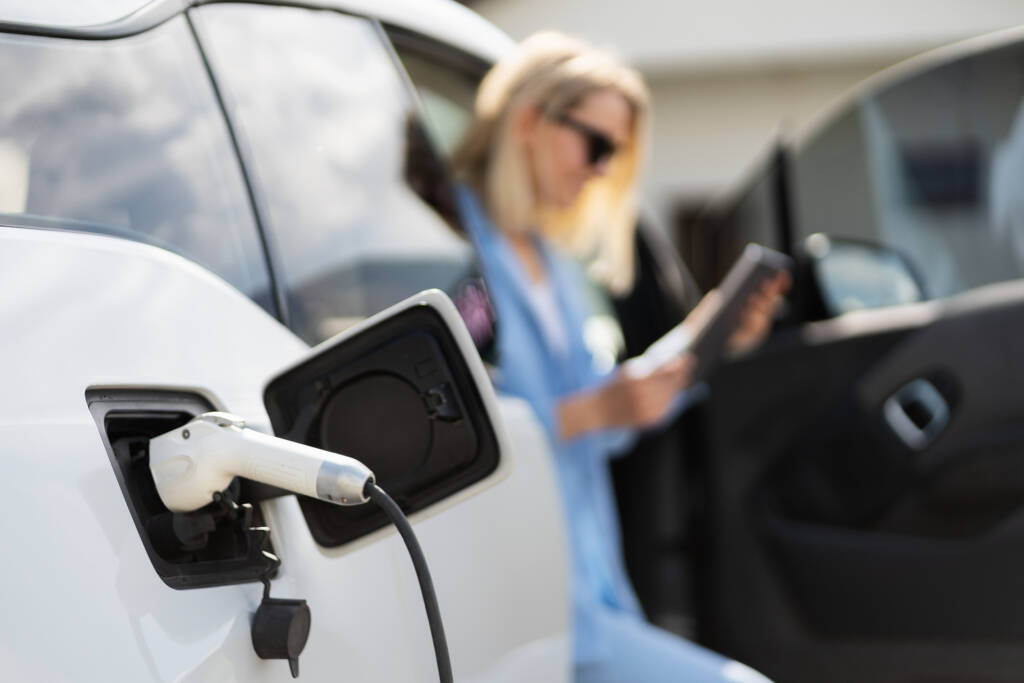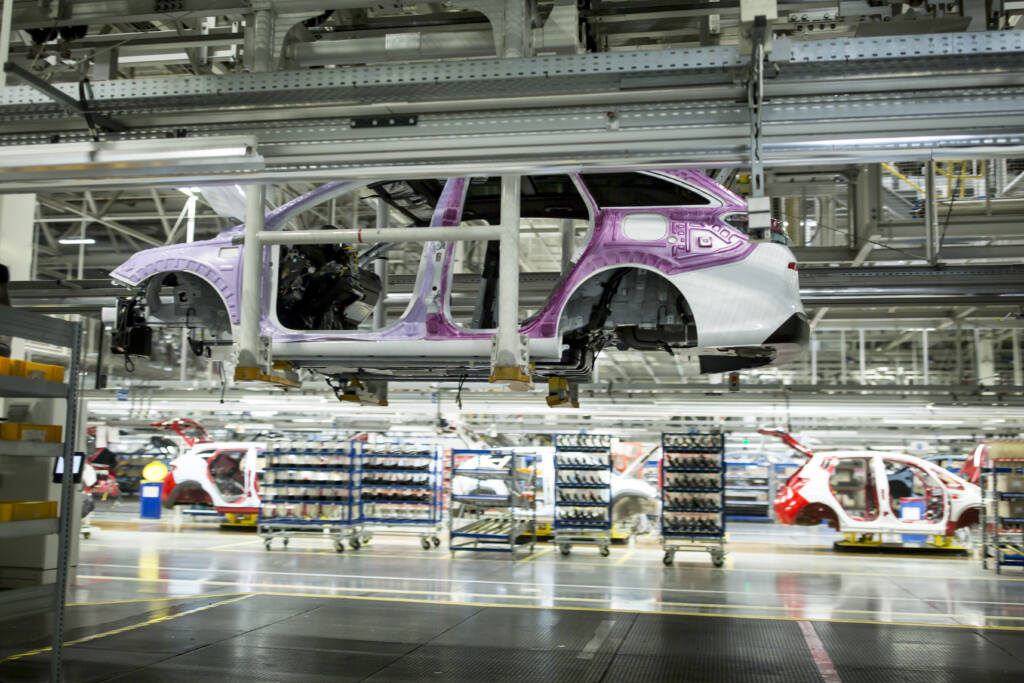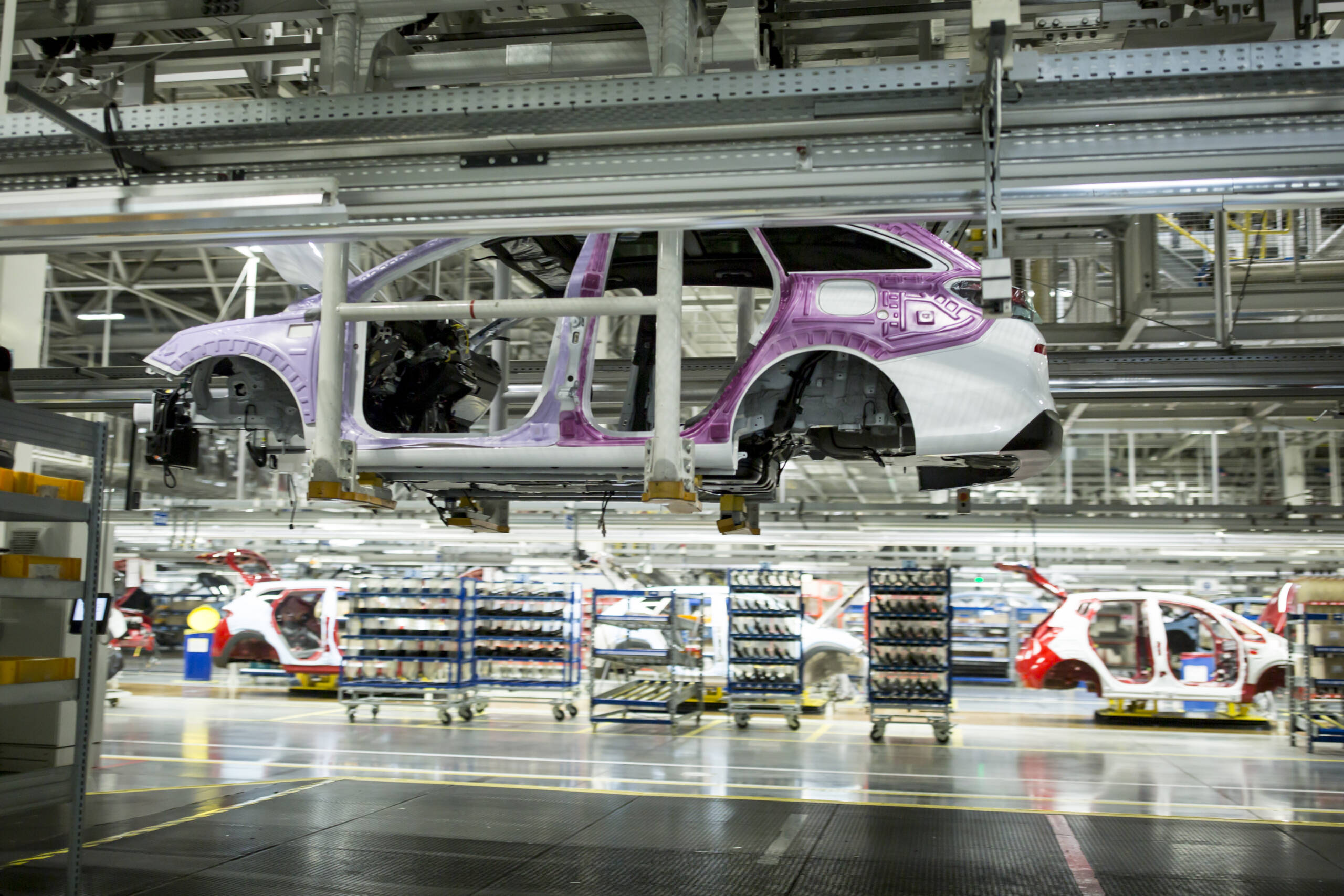The UK/EU Market: A Nexus of Opportunity and Regulatory Evolution
The United Kingdom and the European Union represent mature yet dynamic markets, characterised by evolving consumer demands, stringent regulatory landscapes, and a strong push towards sustainable practices. For B2B players in the Fast-Moving Consumer Goods (FMCG), Apparel, and Industrial sectors, understanding these shifts is paramount to securing competitive advantage and fostering long-term partnerships. The UK/EU market serves not merely as a consumer hub but as a significant trendsetter in regulatory policy. Measures such as the Corporate Sustainability Reporting Directive (CSRD) and the EU Strategy for Sustainable and Circular Textiles are not simply compliance burdens; they are early indicators of global shifts that B2B partners should proactively embrace for future competitiveness.1 Adhering to these regulations offers a distinct competitive advantage, attracting eco-conscious consumers and preparing businesses for similar regulatory frameworks likely to emerge worldwide. This proactive stance can significantly differentiate suppliers and their partners in the marketplace.
FMCG & Apparel: The Dual Imperatives of Resilience and Circularity
Supply Chain Agility: From “Just-in-Time” to “Just-Right” Inventory
Global disruptions, ranging from geopolitical tensions to labour shortages, continue to exert considerable pressure on supply chains within the UK and EU.1 Without robust resilience, retailers face substantial risks of frequent product shortages, dissatisfied customers, and escalating operational costs.1 While the 2024 Supply Chain Stability Index indicated notable improvements, underlying fragilities persist.4 In response, companies are actively restructuring their supply chains for enhanced resilience, increasingly adopting a multishoring strategy that combines sourcing from nearby countries (near-shoring and on-shoring) with continued use of suppliers in distant regions (far-shoring).4 This diversification of suppliers is a widespread trend, with over 90% of American companies reportedly implementing or planning such models.4
Inventory management strategies are also undergoing a significant recalibration. The traditional “just-in-time” approach, which prioritises cost reduction by holding minimal inventory, is being balanced with the strategic maintenance of safety stocks. This evolving approach, often termed “just-right” inventories, aims to mitigate the impact of potential disruptions, economic fluctuations, and uncertain consumer spending patterns.4 Digital tools are proving indispensable in this transformation, providing crucial real-time visibility into supply chain operations and optimising inventory management.4 The shift towards “just-right” inventory and multishoring signifies a fundamental re-evaluation of the balance between efficiency and security. For B2B partners, this translates into a greater emphasis on supplier relationships that offer flexibility, geographic diversity, and transparent inventory data, moving beyond a sole focus on the lowest cost. The underlying driver for this change is the need for systems that can adapt and even gain advantage from volatility. This implies that B2B buyers are now prioritising suppliers who can offer diverse sourcing options, leveraging a global reach, and provide real-time inventory visibility. This creates a substantial opportunity for companies with integrated supply chain capabilities to position themselves as solutions to this evolving need.


The Green Shift: Navigating ESG Demands and Embracing the Circular Economy
Consumer expectations are increasingly shaped by sustainability concerns, with 83% of consumers believing that companies should actively champion Environmental, Social, and Governance (ESG) issues.1 This sentiment is reflected in purchasing behaviour, as 64% of British consumers are willing to pay up to 10% more for sustainably packaged foods and drinks.1 Complementing this consumer demand are new CSRD regulatory requirements in the EU, which mandate ESG reporting for qualifying companies, thereby encouraging retailers to commit to transparent and sustainable practices.1 For instance, regulations increasingly stipulate that returned products must be reused or repurposed rather than simply ending up in landfills.1
The circular economy, a model of production and consumption that involves sharing, leasing, reusing, repairing, refurbishing, and recycling existing materials and products for as long as possible, is gaining significant traction.6 This approach is not only crucial for environmental protection—reducing waste, preserving natural resources, and limiting biodiversity loss—but also offers economic benefits, including job creation and cost savings for consumers.7 In the textiles sector, the EU’s strategy aims for all textile products on the European market to be durable and recyclable, largely composed of recycled fibres, and manufactured under environmentally and socially sustainable conditions by 2030.2 Key measures include mandatory eco-design requirements, preventing the destruction of unsold or returned textiles, tackling microplastic pollution, and implementing a digital product passport to enhance product and production transparency.3
The convergence of consumer demand, regulatory pressure, and the circular economy model creates a “sustainability premium” and a new competitive landscape. This is not merely about “being green”; it represents a fundamental shift in business models, requiring companies to rethink product design, supply chain processes, and end-of-life management. For B2B partners, this translates into a strategic imperative: proactively investing in verifiable sustainability and exploring circular models. Companies demonstrating verifiable sustainable practices and offering circular solutions will gain significant market share and loyalty. This approach will not only ensure compliance but also unlock new value streams and attract a growing segment of B2B buyers prioritising ESG factors.
Strategic Sourcing: The Rise of Nearshoring for Apparel B2B Buyers
The global fashion industry continues to grapple with economic uncertainty and significant shifts in global trade patterns.9 In response, retailers are accelerating the reconfiguration of their supply chains, with a notable prioritisation of nearshoring and manufacturing in geopolitically aligned countries.9 Nearshoring, which involves relocating production and alliances to nearby countries, is gaining considerable traction as a strategy to reduce transit times, mitigate political risks, and enhance responsiveness to shifts in demand.10 This approach offers several advantages, including improved cost efficiency, streamlined supply chain management, and enhanced communication due to geographical proximity and often similar cultural backgrounds.11 For example, the Spanish fashion giant Zara has successfully nearshored some of its production to Portugal and Morocco, enabling it to rapidly respond to evolving fashion trends and consumer demands, a strategy instrumental to its fast fashion business model.11 Agile supply chains, characterised by their ability to quickly identify changes, make decisive adjustments, and maintain flexibility, are essential for consistently meeting market demands, optimising costs, and streamlining operational processes.5
Nearshoring and agile supply chains represent strategic responses to both geopolitical volatility and fast-changing consumer preferences. The underlying driver is the need for responsiveness to market volatility and risk mitigation against geopolitical disruptions. For apparel B2B buyers, this means prioritising suppliers who can offer shorter lead times and greater flexibility. Reliability, speed, and the ability to adapt orders quickly are becoming more critical than ever, potentially outweighing marginal cost differences from far-shoring.
Industrial Products (Rubber): Fuelling Growth in Europe’s Automotive Sector
Market Expansion: Demand Drivers in the UK and Broader Europe
The United Kingdom’s rubber market is experiencing robust expansion, with its size estimated at USD 1,860.2 million in 2024. Projections indicate substantial growth at a Compound Annual Growth Rate (CAGR) of approximately 6.18% from 2025 to 2035, reaching an estimated USD 3,598.4 million by the end of the forecast period.12 This growth is primarily fuelled by increasing demand within the automotive and healthcare industries, alongside ongoing advancements in rubber manufacturing technology and broader economic expansion.12 Notably, UK automotive production saw a 21% increase in January 2024 compared to the previous month, with over 75% of these vehicles being exported, a trend expected to drive higher natural rubber demand throughout the forecast period.12
Similarly, the broader European Industrial Rubber Market, valued at USD 6.75 billion in 2023, is projected to expand significantly to USD 10.88 billion by 2035.13 The European automobile market, one of the largest globally with over 15 million vehicles produced annually, serves as a key driver, with its overall growth expected to increase rubber demand by an estimated 5% annually.13 The robust growth in the automotive sector, particularly in the UK and Europe, translates into sustained, high-volume demand for industrial rubber. The scale and stability of demand from the European automotive sector make it a highly attractive market for industrial rubber suppliers. This implies that B2B buyers and distributors require reliable, high-volume sourcing partners capable of meeting this consistent, large-scale demand.

The EV Revolution: Untapped Potential for Speciality Rubber Components
The burgeoning electric vehicle (EV) industry is poised to significantly elevate the demand for specialised industrial rubber products across Europe.13 This surge is driven by the necessity for rubber components that not only meet stringent performance standards but also align with environmental sustainability goals inherent in EV technology. These specialised components include materials for thermal insulation, connectors, gaskets, and cable protection, all of which must withstand extreme conditions such as heat, vibration, and chemical exposure characteristic of EV powertrains.14
Major automotive players, including Volkswagen and BMW, are investing heavily in research and development to innovate and enhance the reliability of rubber in their EV products.13 This strong focus underscores a significant, yet largely untapped, opportunity for custom-designed speciality rubber products tailored for the electric vehicle industry.13 Silicone elastomers, for instance, represent a key product segment within this niche, providing crucial protection for EV components against battery heat dissipation and electromagnetic interference.15
The EV transition is not merely increasing demand for rubber; it is fundamentally shifting the type of demand towards high-performance, specialised, and custom-designed rubber products. This creates a niche but high-value opportunity for industrial partners who can adapt their offerings to these advanced specifications. The shift to EVs creates a demand for new types of rubber products with specific properties, moving beyond generic rubber components. For industrial partners, this implies a need to focus on research and development, material innovation (such as silicone rubber), and custom solutions to capture this high-value segment.


